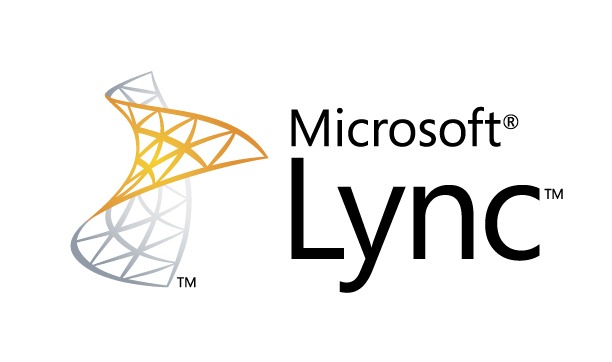Diverting Unassigned Numbers in Lync 2010
Lync 2010 with Enterprise Voice attaches a phone number to a user with a direct one to one relationship. This means that when a user departs, the account should get disabled along with any Lync attachments. In turn, this abandons the phone number that was attached to the user. All great by design, but what about external people that are still calling the number of the departed user?
You could leave the user’s Active Directory account disabled, leave Lync attached and configure it that way, but that’s a big hassle. Microsoft covers this scenario with a feature called “Unassigned Number”.
Unassigned Number lets you configure an Announcement on an entire number range. The idea is that if any extension in the number range configured (which can be a single number) is called and isn’t attached to a user, it will divert the call to either an Announcement or an Exchange UM Auto Attendant number. Generally just the Announcement is fine, because the Announcement can be configured to be nothing, but divert the call to wherever you want it to go afterwards.
The Announcement needs to be configured before you create an Unassigned Number Range, which can only be managed by PowerShell. The Unassigned Number Range can be created via the Lync Control Panel GUI or PowerShell which seems a bit inconsistent.
Creating an Announcement is rather easy still, with a great guide from TechNet here. The important bits are to give your Announcement a name, tell it which Lync Pool to use and give it a target SIP address to send the call to. An example command do this is:
New-CsAnnouncement -Identity ApplicationServer:lyncpool.mydomain.com -Name "Forward Announcement" -TargetUri sip:reception@mydomain.com
Note that if you use a direct phone number for the sip address, you need to append “;user=phone” or it won’t work, so the sip address should look like this: “sip:+61712345678@mydomain.com;user=phone”
Once that has been created (run a ‘get-csannouncement’ to see all the Announcements you have) you can then use PowerShell or the Lync Control Panel to create your Unassigned Number Range if you feel more comfortable there. A guide on how to do this is available from Microsoft Technet here.
All you need to do for the Unassigned Number range is give it a name, tell it the number range to start from and end (which if you have multiple sites, you’ll need multiple ranges), the name of the Announcement you want to use (i.e. where you want the call to divert to) and finally which Lync Pool server/Application Server the Announcement lives on.
Based on the Announcement above, this is what the Unassigned Number command would look like:
New-CsUnassignedNumber -Identity "Unassigned Number Range 1" -NumberRangeStart "+61712345000" -NumberRangeEnd "+161712345099" -AnnouncementName "Forward Announcement" -AnnouncementService ApplicationServer:lyncpool.mydomain.com
The number range start and end just need to be in standard international telephone format: +xx being the country code (+61 for Australia, +1 for US) and then the local number (In Australia we drop the 0 at the front).
Again, you can run a ‘get-csunassignednumber’ command to see how it’s been configured.
Once you’ve done the above, you’re set. Try calling any unassigned number that you have and it should divert to the sip address you configured on the Announcement. If they’re a Lync user (as you can enter a phone number and divert these calls out) they will also get a message with the incoming call saying it was diverted from the originally dialled number.
If you have a special requirement where a particular number range needs to go elsewhere, you can just create more Announcements and unassigned number ranges – the order of the unassigned number ranges will define which range rule is applied with a highest first approach.
I believe this is very similar in Lync 2013, and would recommend that anyone using Lync with Enterprise Voice set this up for easier management of their phone system, but also to make sure no important business calls are missed.
- Review: Lumia 830 vs Lumia 930 showdown - December 13, 2014
- Western Digital Make Backup Devices? - September 14, 2014
- Review: Nokia Lumia 930 - September 4, 2014
- KMS and MAK Licensing - July 31, 2014
- Review: Samsung Gear 2 Neo - June 18, 2014
- Storage that’s nearly INVINCIBLE - June 2, 2014
- Coping with infinite email - May 30, 2014
- TechEd North America – The Closing Line - May 18, 2014
- TechEd North America – Half Way Mark - May 15, 2014
- Windows Phone 8.1 Is Out! - April 21, 2014







